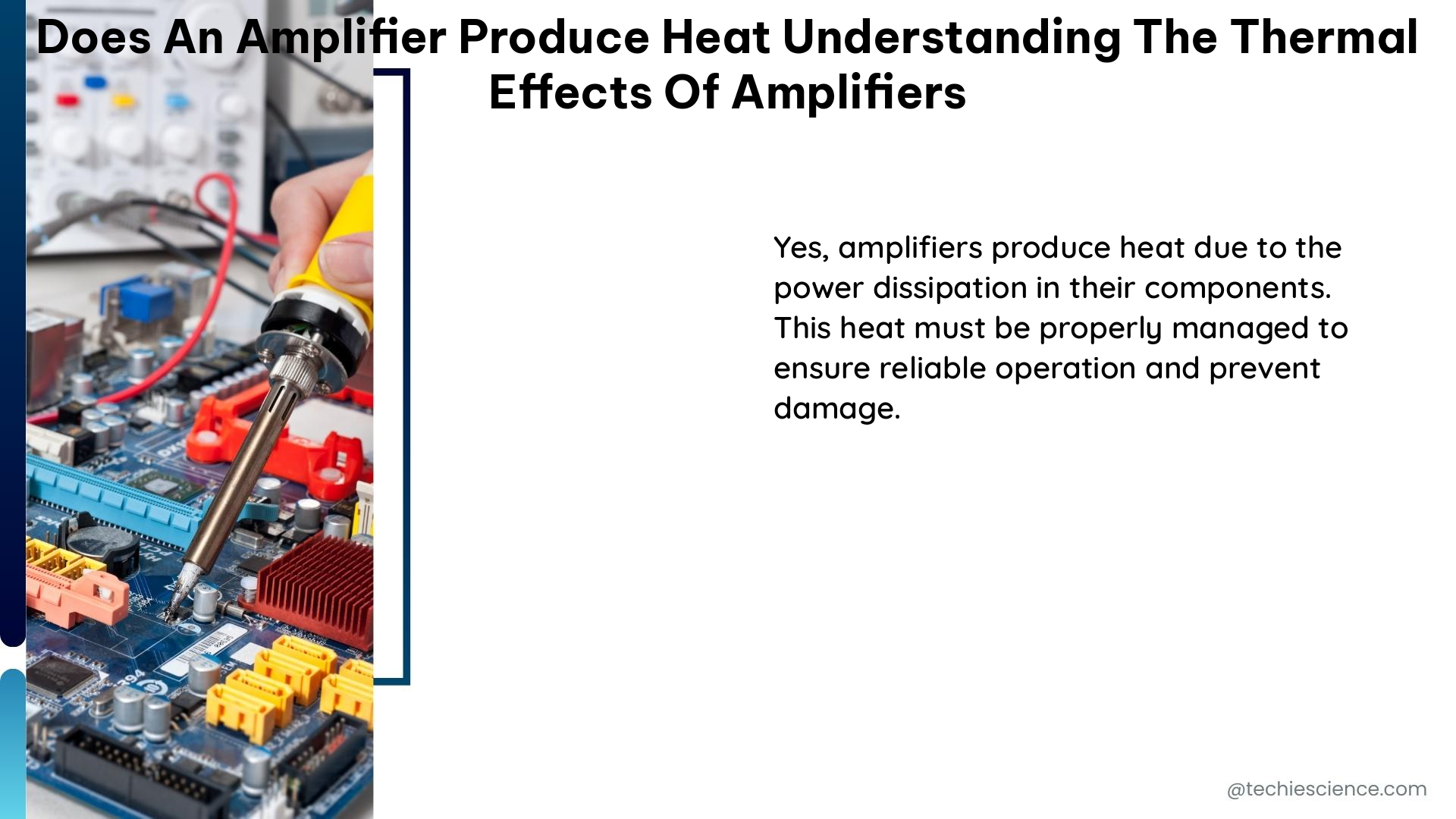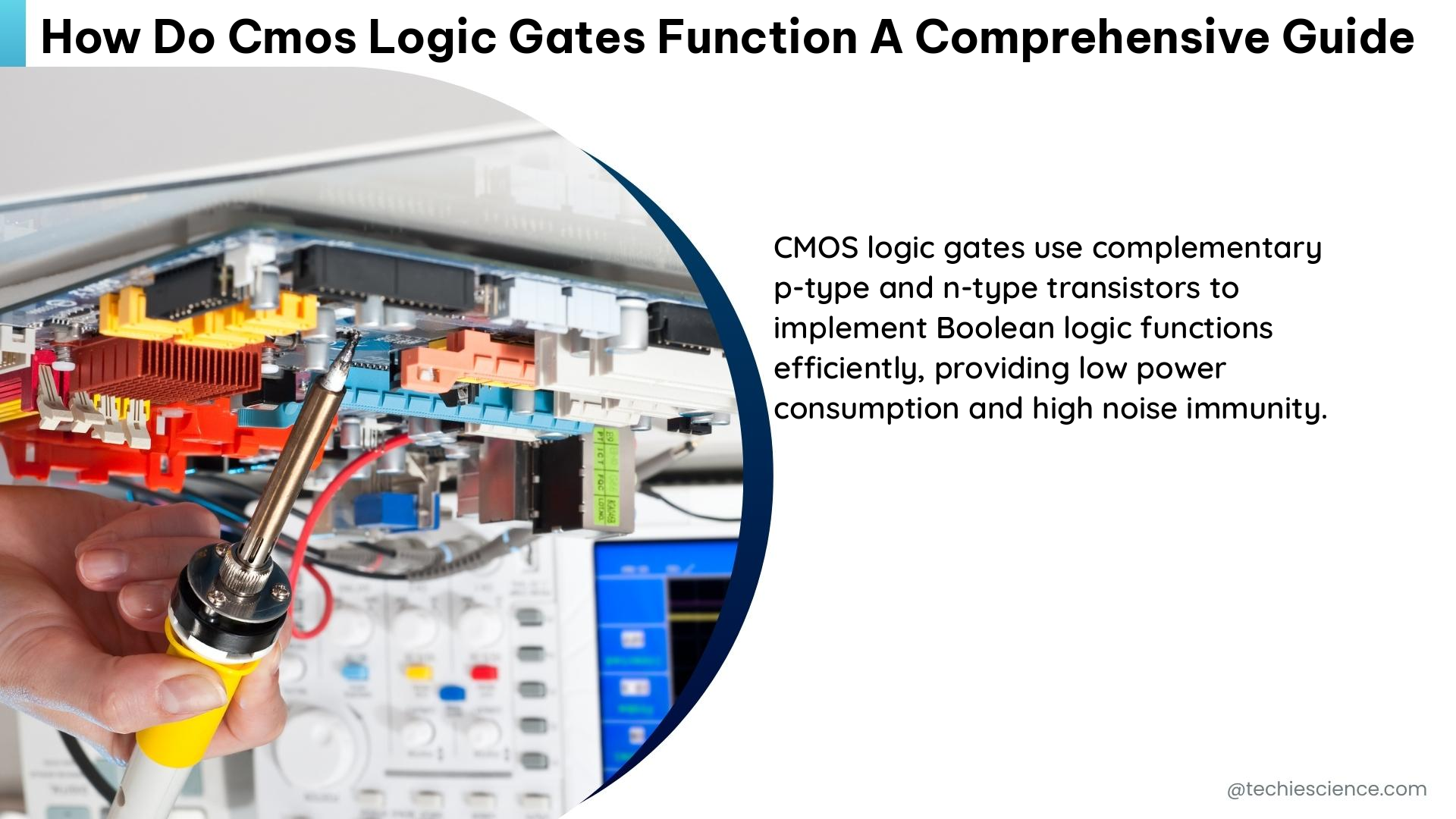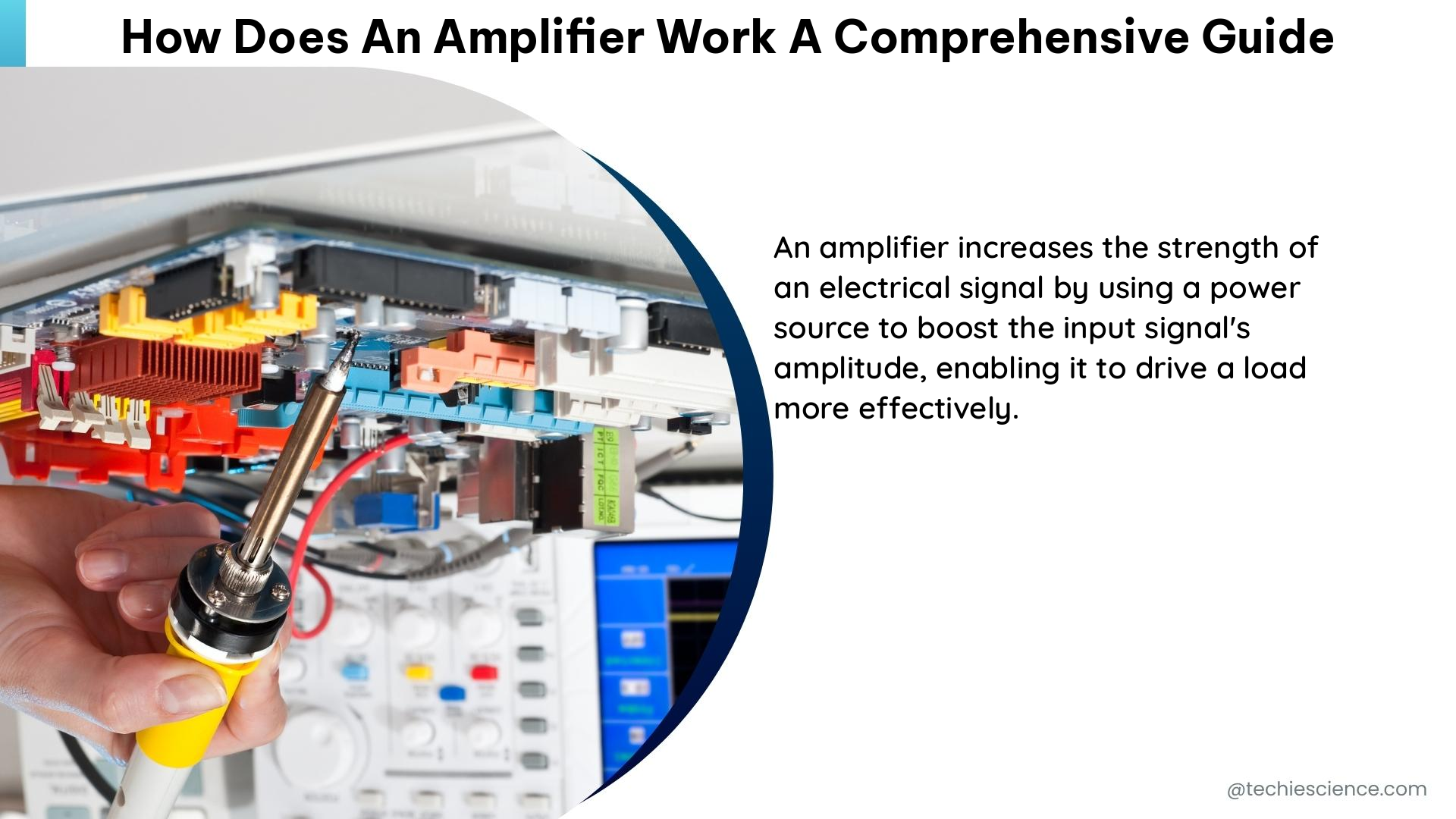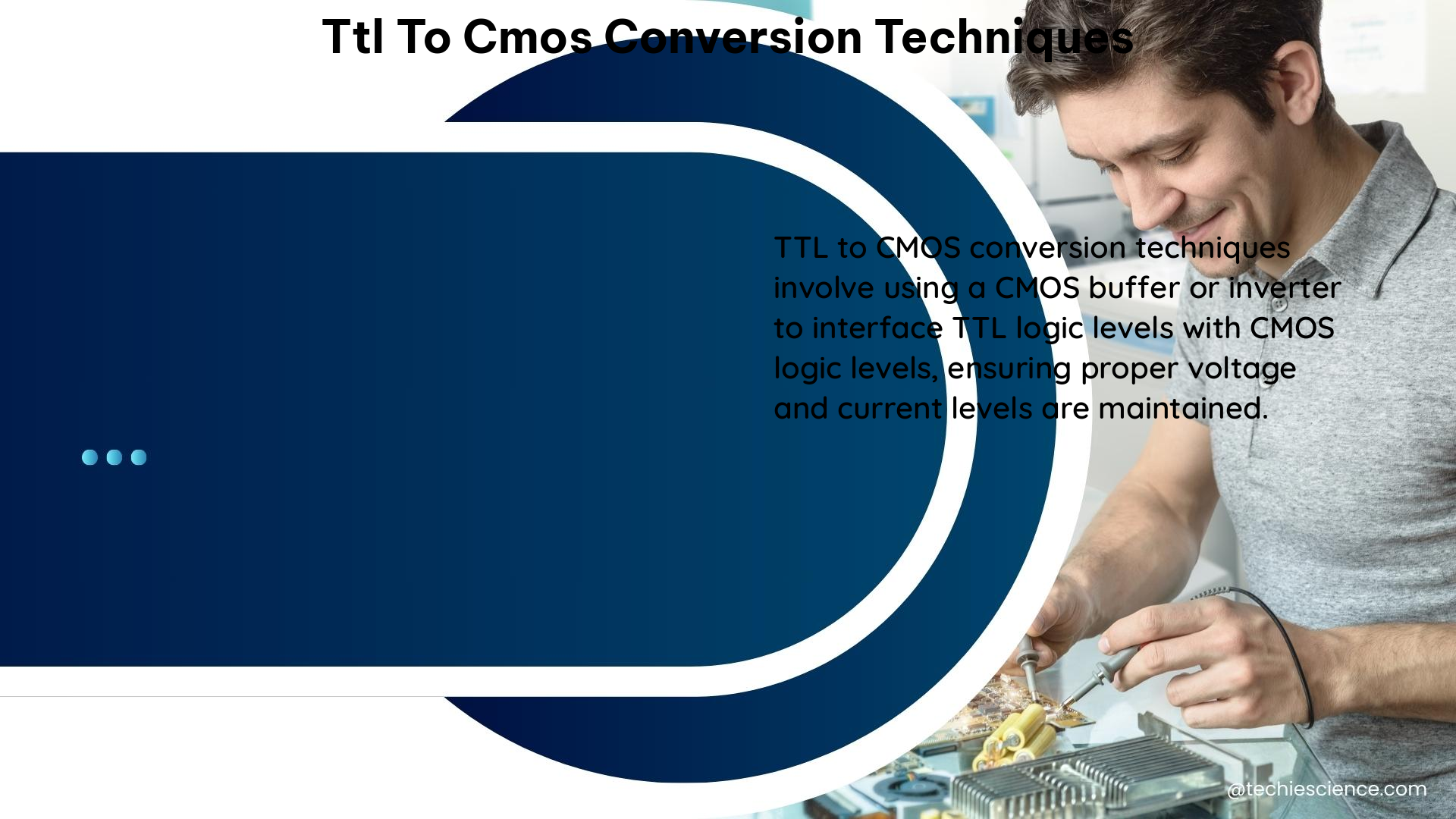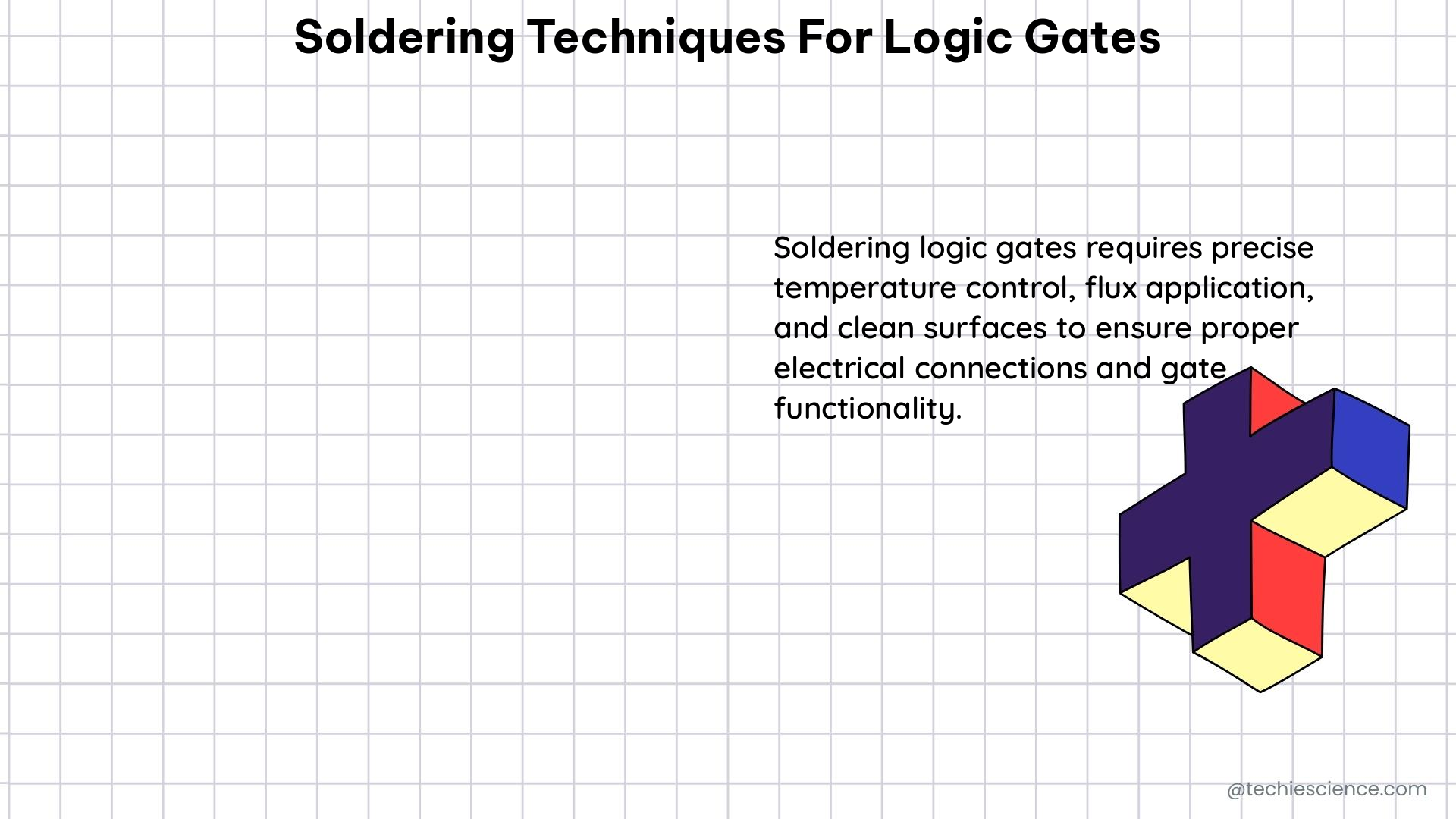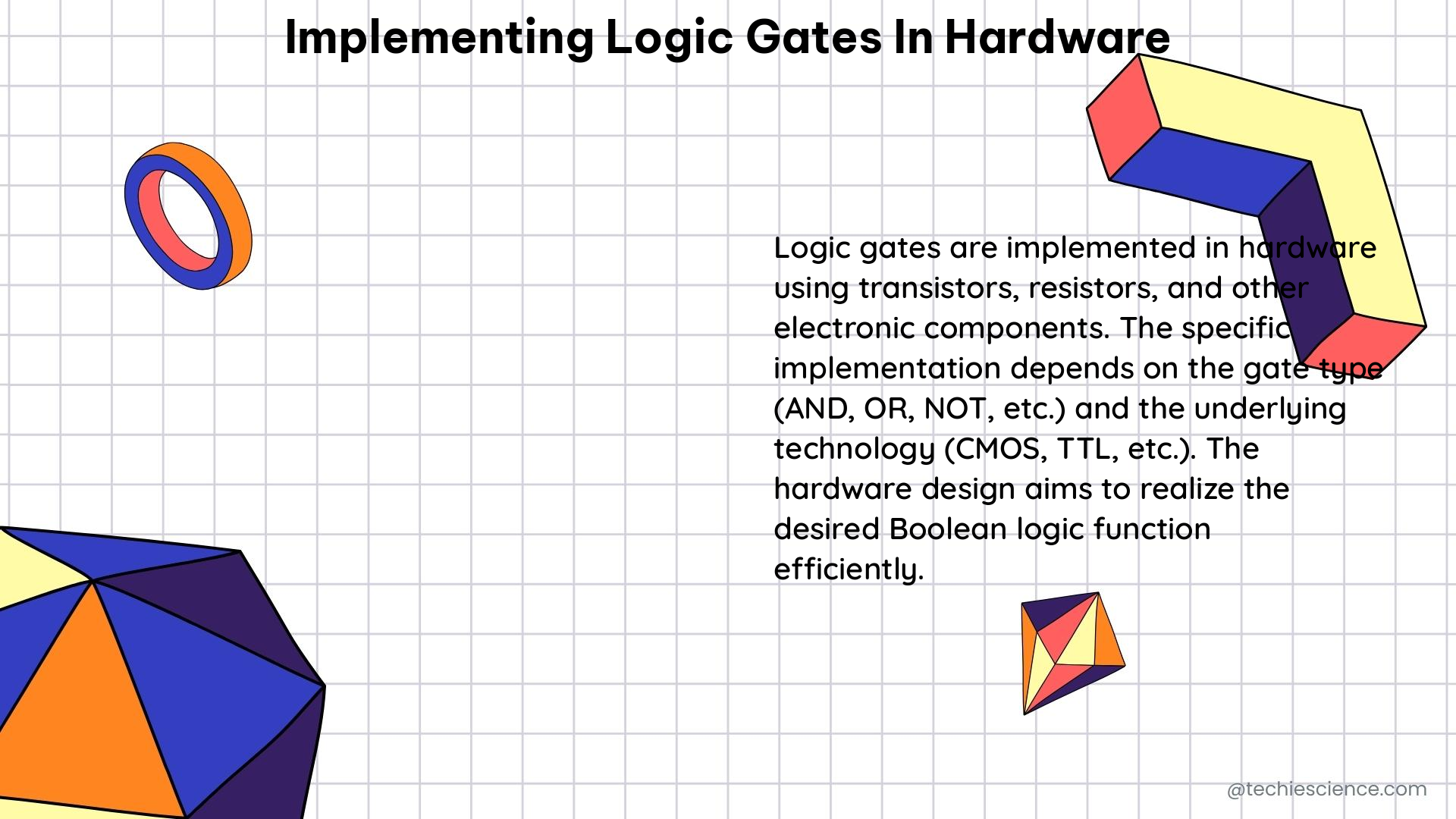Does an Amplifier Produce Heat? Understanding the Thermal Effects of Amplifiers
Amplifiers, particularly those that operate in Class A mode, produce heat as a byproduct of their operation. This heat is a result of the electrical energy that is not converted into sound waves and is instead dissipated as heat. The amount of heat produced by an amplifier is related to its power output and efficiency. … Read more
